Microsoft 2025 Worker Index Report: How Digital Noise Is Hijacking Focus and Engagement
The new, 2025 Microsoft Work Index report was released a couple of weeks ago and two major themes are 1) a growing shift toward AI enhanced work, and 2), something Microsoft has coined the “infinite workday.” This blog will address the second point.
Unlike other research related to the workforce, in addition to surveying workers, Microsoft is able to vacuum up billions of data points from real time use of its Microsoft 365 office apps. In other words, rather than just asking workers how they spend their day, this data tracks, at a microscopic level, what people are actually doing. Although the data is anonymized, it’s also a little creepy that your largest tech vendor is watching your every move.
Probably the most compelling finding of the research is that the workday literally never ends. That has been an anecdotal feeling for a long time, but the MS data shows that the average worker sends and receives 50 or more messages per day outside of normal business hours and over half of “meetings” aren’t on an already full calendar; they happen spontaneously. As the report’s authors note, “The modern workday has no clear start or finish,” with robust use of MS 365 apps beginning at 6 am or earlier and a surprising number of meetings happening after 8 pm, with nearly a third of workers checking email again by 10 pm. This is also likely influenced by workers across global geographies and remote work.
Another disturbing finding is that regardless of when work is happening, it is a non-stop, chaotic flurry of interruptions, with workers being pinged by some MS app every 105 seconds, or nearly 300 times in a typical eight hour “workday.” Keep in mind that this only includes apps that Microsoft can track. As the report aptly notes, for many people, work is as much about “navigating chaos” as it is about actually doing something productive and coherent. The MS study also finds that the timing of interruptions, particularly via messages and meetings, spikes when people are most likely to be productive. For example, email and Teams messages, as well as meetings, spike from mid to late morning, precisely when most people have the greatest energy and focus. In other words, workers are using the highest performance part of the day to deal with massive volumes of messages and meetings rather than on things that truly bring value. One fascinating data point reveals that editing of PowerPoint slides spikes 122% in the ten minutes before scheduled meetings. This suggests that the tsunami of digital noise in the days and hours leading up to presentations prevents workers from dedicating necessary focus to what they are going to present, resulting in a last-minute scramble.
Learn how to manage the chaos at our Leadership Symposium.

